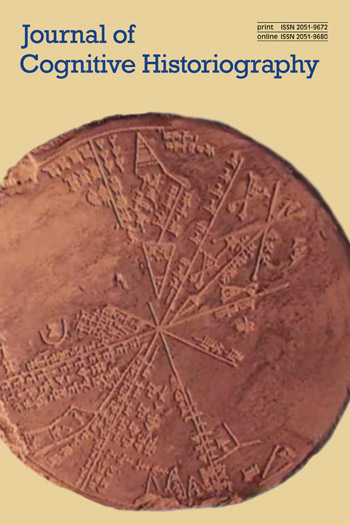Reviews
Hugh Willmott’s important new book ... [provides] a more-rounded and -nuanced explanation of the processes involved in the Dissolution (which were unquestionably complex and far-reaching), as well as the reasons for it. He does not hide away from any aspect of the events or people involved, and provides copious examples across a wide variety of themes centred on them.This is undoubtedly an important work of scholarship that will be valuable for many years to come.
Current Archaeology
This is an important and long-needed book covering a very difficult and complex subject to which archaeology can and has made an important contribution. It deals primarily with matters of state which have always been seen in the past as a matter of religion, difficult as it concerns a king who believed that he died a good Catholic, and his vicegerent who had strong Protestant beliefs working together. When tackling the suppression of the monasteries, it is a good idea to leave your personal religious beliefs at the door. Dr Willmott has followed the evidence and not the polemic, not that it will please everyone, but it does need to be done.
Dr Glyn Coppack, Consultant Archaeologist and formerly Principal Inspector of Ancient Monuments at English Heritage
Well-written and supported by a wealth of images and an excellent bibliography, this book is an excellent addition to most bookshelves and vital to anyone researching or interested in the Dissolution and the monastic world.
This is a work of scholarship that stands out for tackling an important subject that is out of fashion and making it not only interesting but relevant to a wide range of readers. For the academic, the book certainly gives plenty to think about and does an excellent job of highlighting future possibilities for building on this work; for the wider reader this is an engaging and well-written book tackling a defining topic in English history that will make us reconsider many of the classic heritage sites we regularly visit across the country. In either case this book is thoroughly recommended.
Church Archaeology
Wilmott’s book is not yet another overview of the Dissolution. Rather, it is a study of the (mainly) archaeological evidence for its aftermath, with a focus on monastic sites and precincts and on reuse and rebuilding by the elite.
Archaeologia Cambrensis
The Dissolution of the Monasteries in England and Wales is the first full-length archaeological treatment of this subject. In this respect, it makes an important intervention in a field in which scholars have tended to be reluctant to engage with the dissolution, owing to the fact that it occupies a rather liminal position between medieval and post-medieval archaeology. However, this book does more than simply fill a gap in knowledge; it also sheds fresh light on the dissolution in two ways. First, it suggests that in order properly to understand the physical and architectural consequences of this episode, it ought to be examined over the longue durée. The last religious houses may have closed their doors in the spring of 1540, but the process of destroying, adapting, and dismantling monastic structures continued into the later sixteenth and seventeenth centuries and beyond. Second, this examination of the archaeology of the dissolution helps us to appreciate the scale and nature of the human activity involved in tearing down and reconstructing these buildings. It reminds us that the story of the dissolution is also partly about how individuals and communities responded to religious change and repurposed monastic goods and architecture for their own needs. I would suggest that historians and literary scholars have as much to gain from these insights as do archaeologists.
Reformation
This book is the first to attempt to draw together comprehensively what one can know about the material aftereffects of that dispersal: the lands, but especially the buildings, that were formerly conventual but met very different fates in different hands after the 1530s. Willmott’s is an archaeologist’s perspective upon the afterlives of formerly monastic sites, drawing upon a great deal of site and excavation studies that have been otherwise scattered in specialist publications. What Willmott presents in this book will be invaluable to further work on this interdisciplinary frontier.
Church History
Willmott’s book provides a useful overview of the archaeology of the Dissolution, and will be welcomed both by students and by scholars specializing in other aspects of the early modern period seeking an introduction to this topic.
Agricultural History Review








